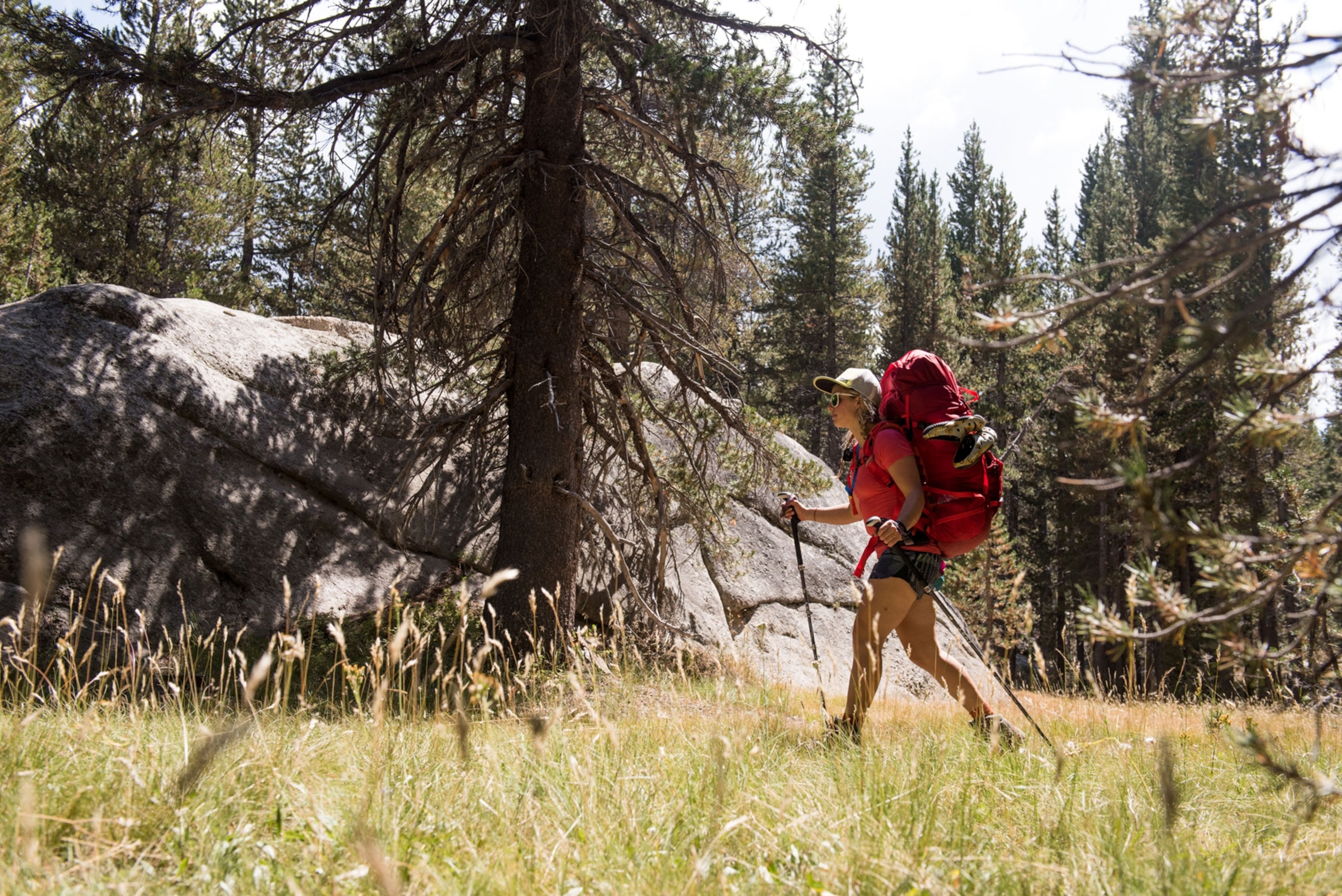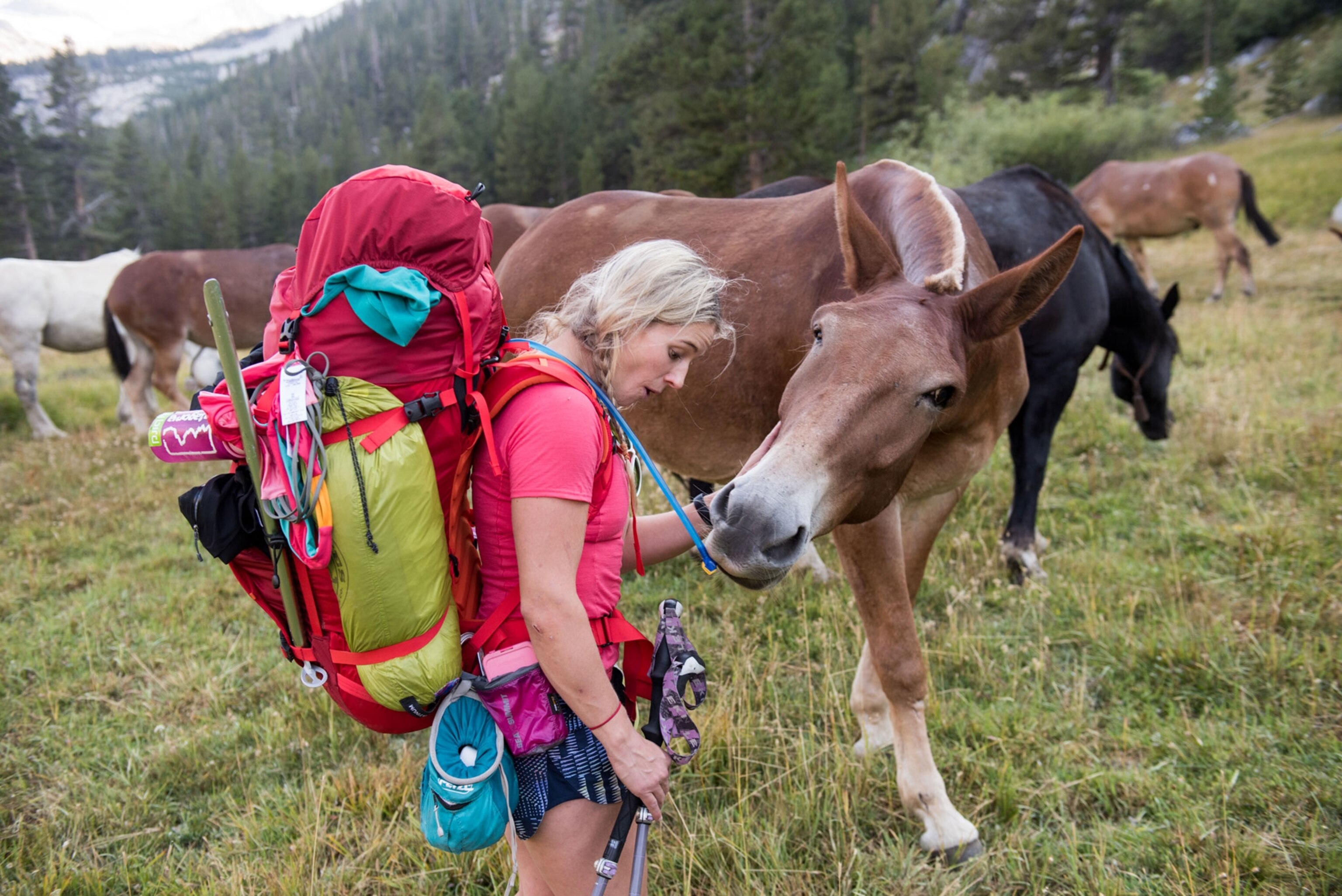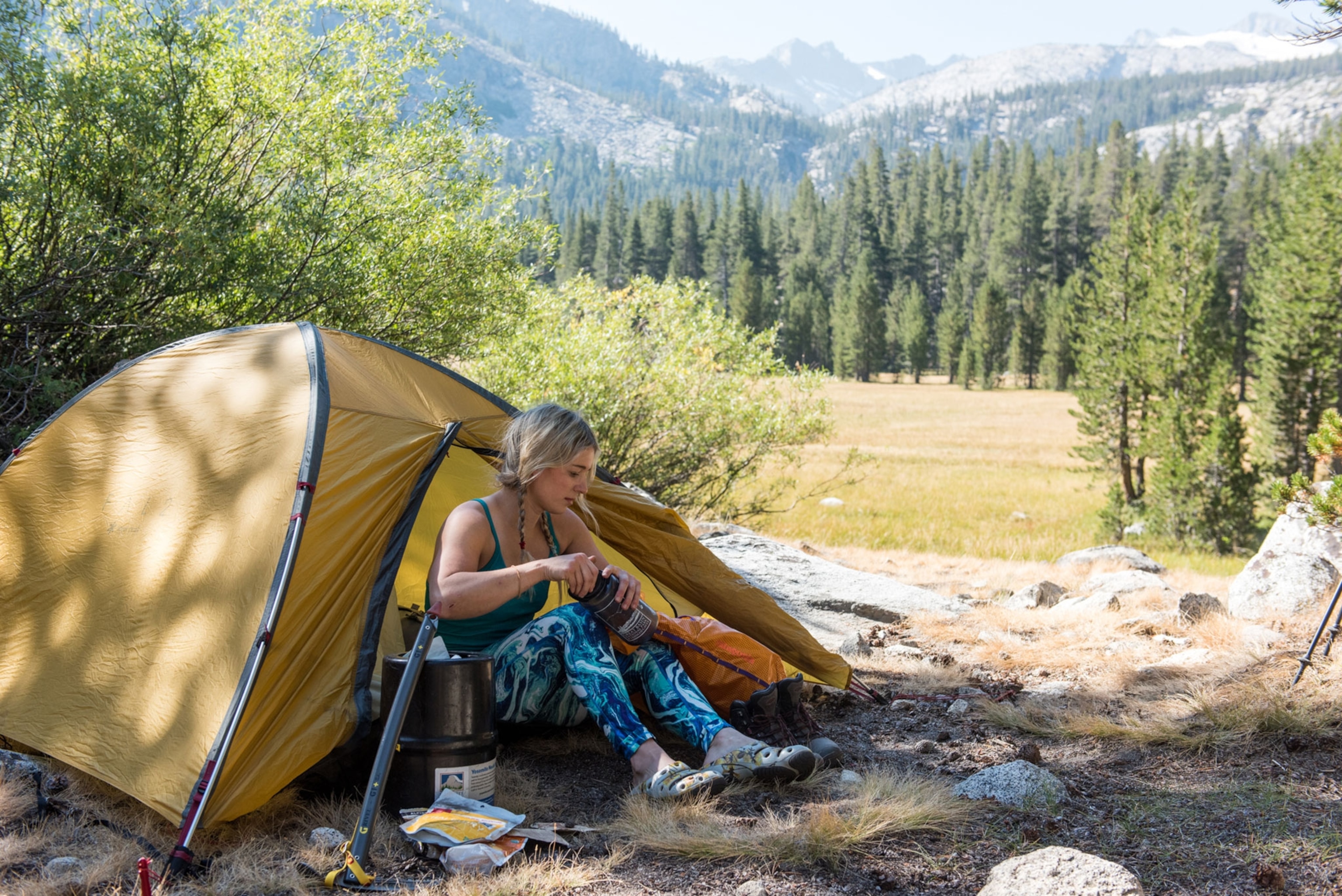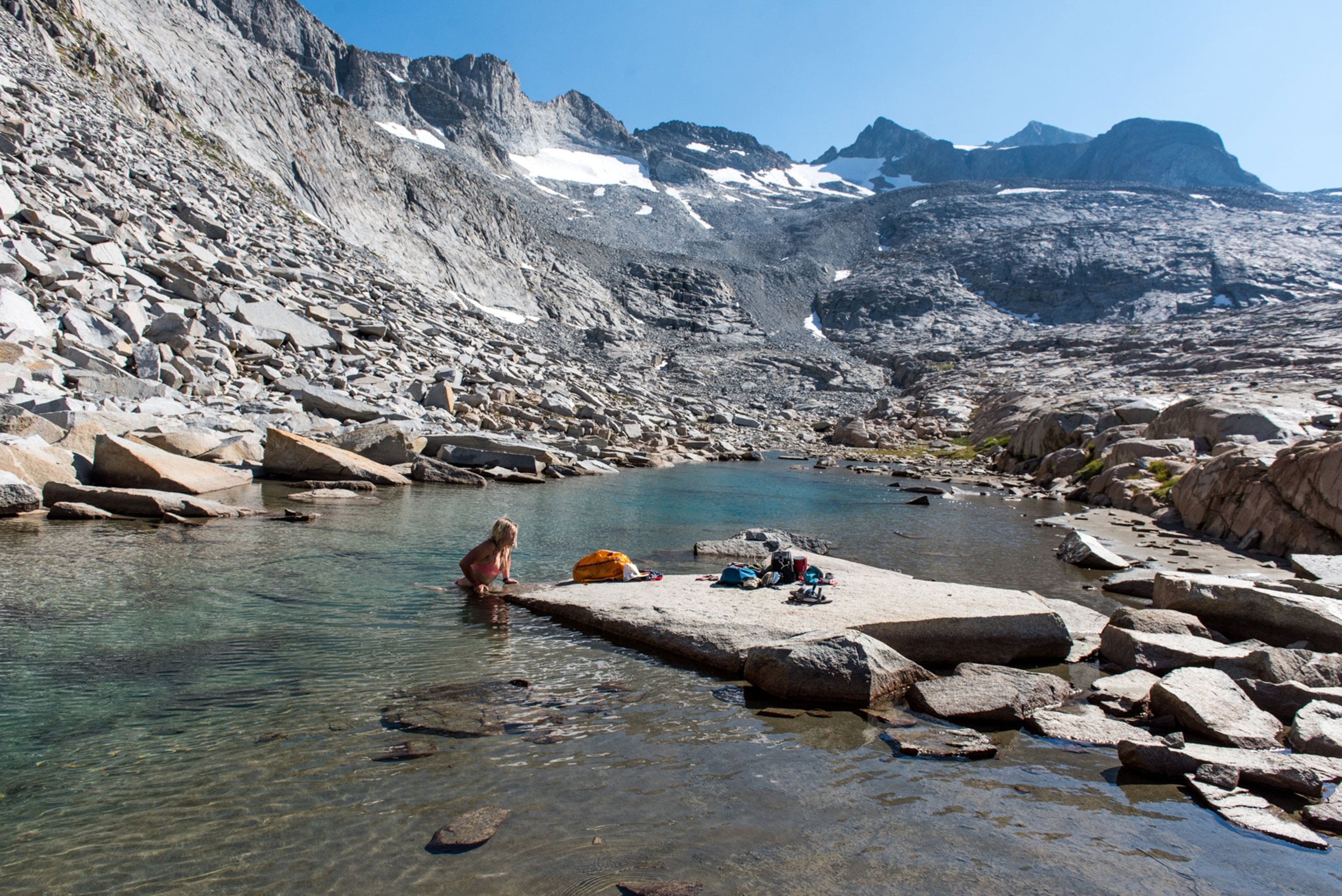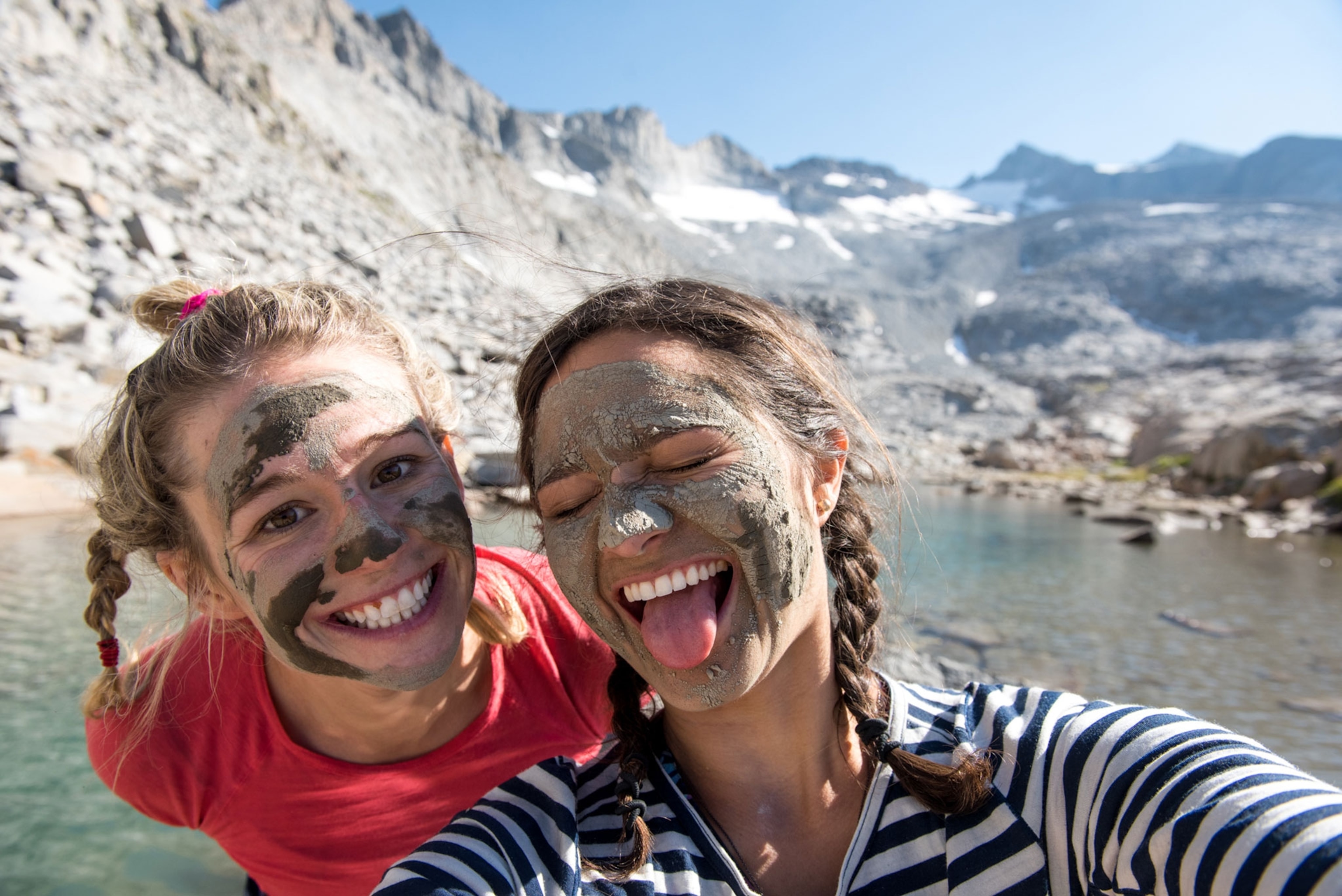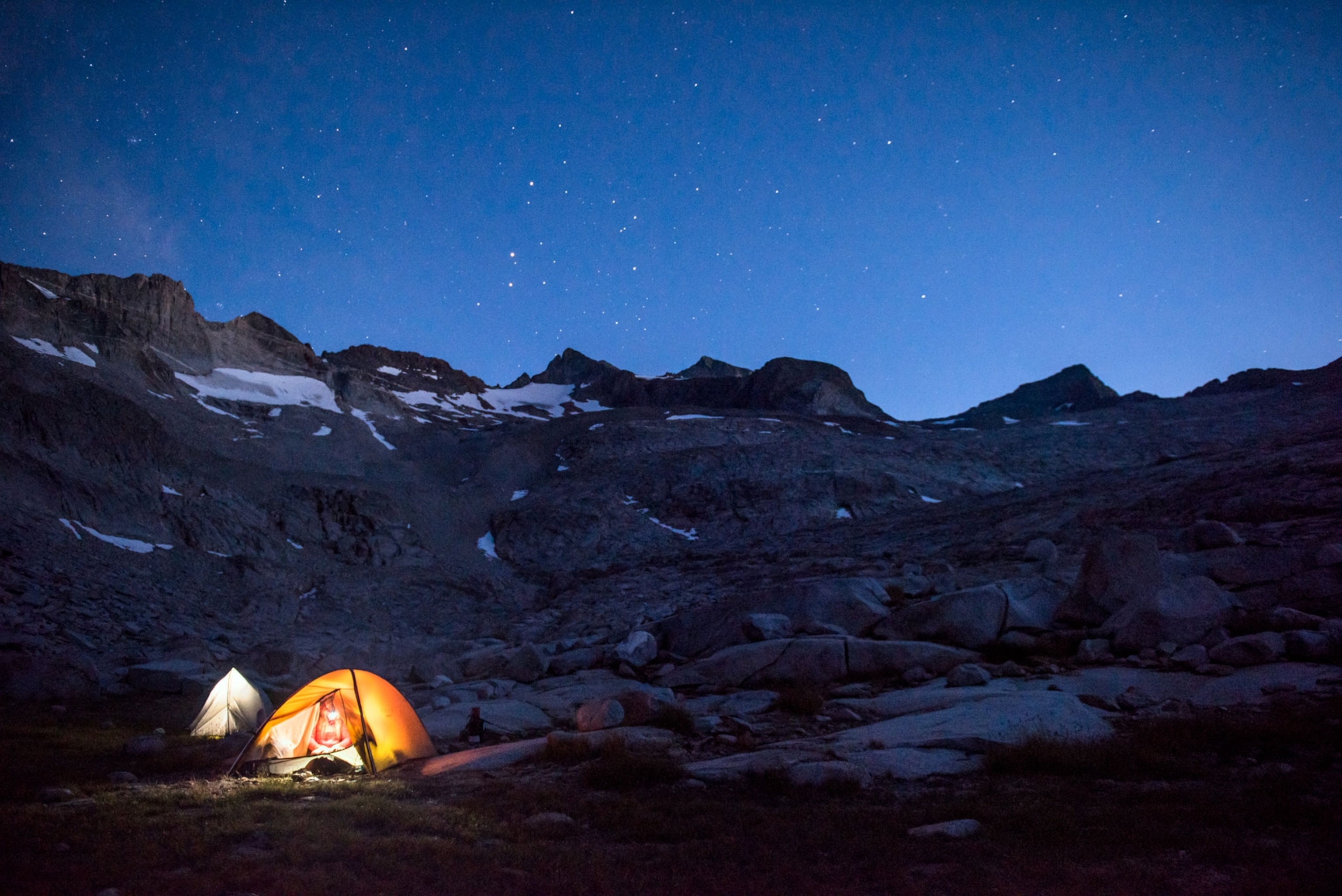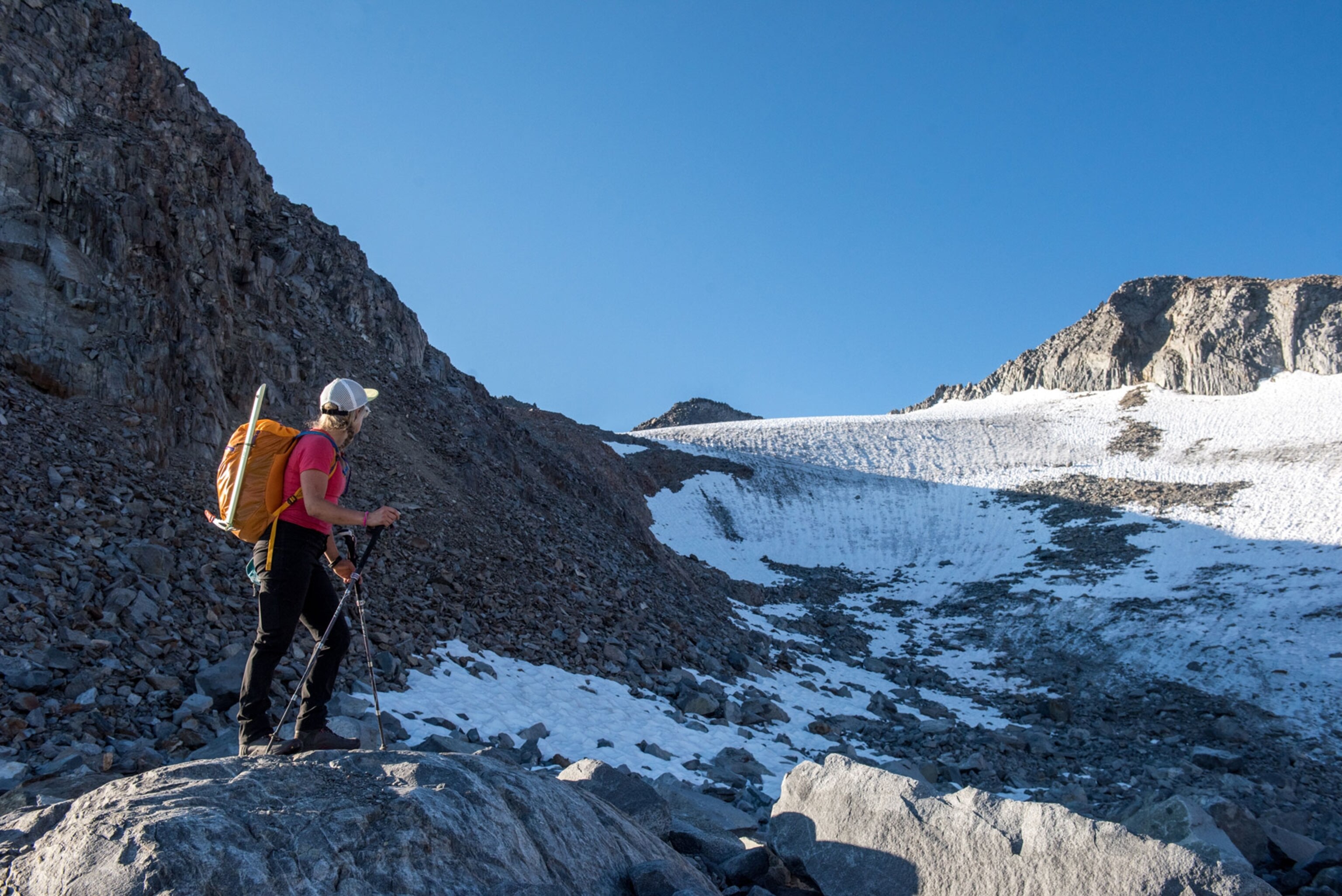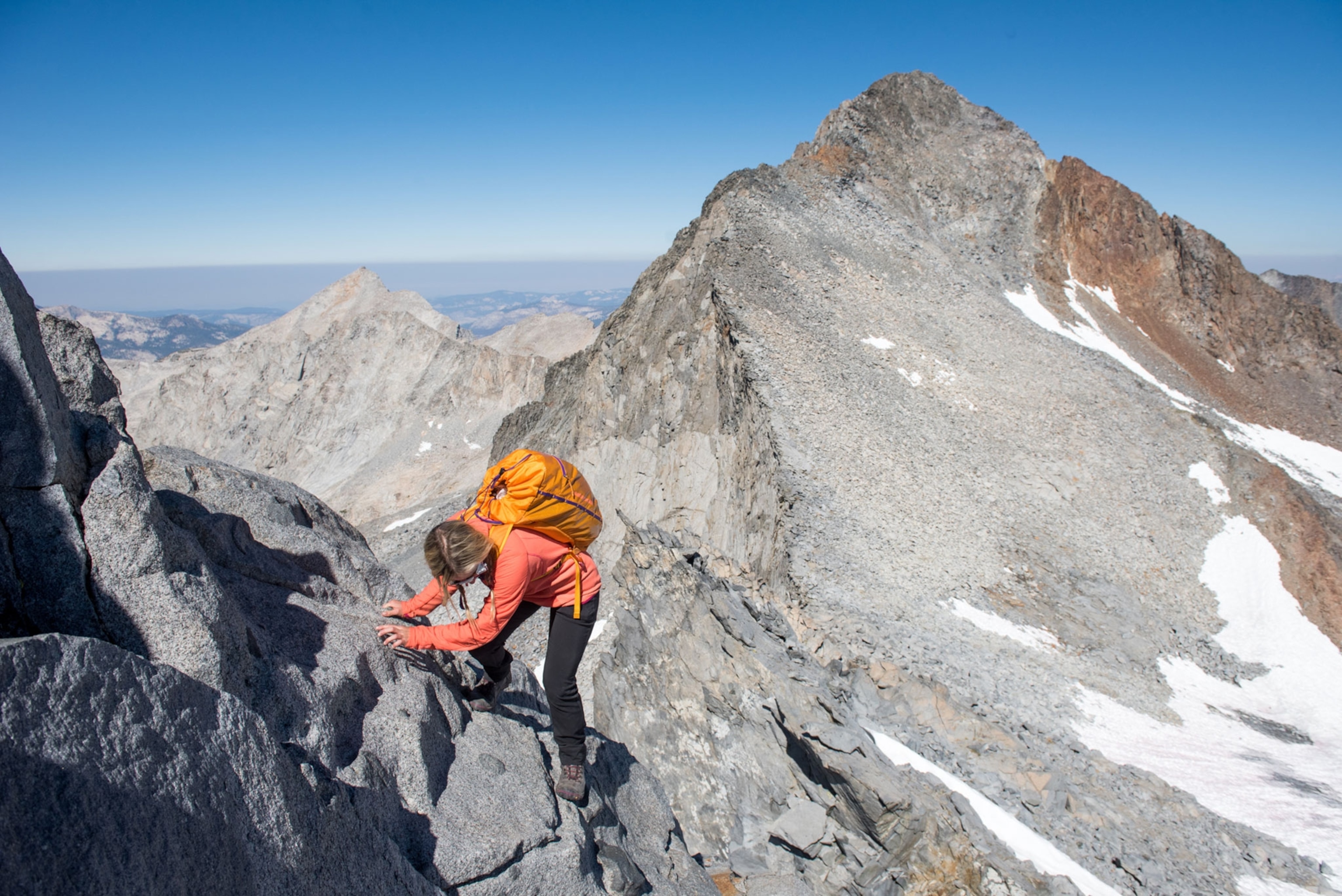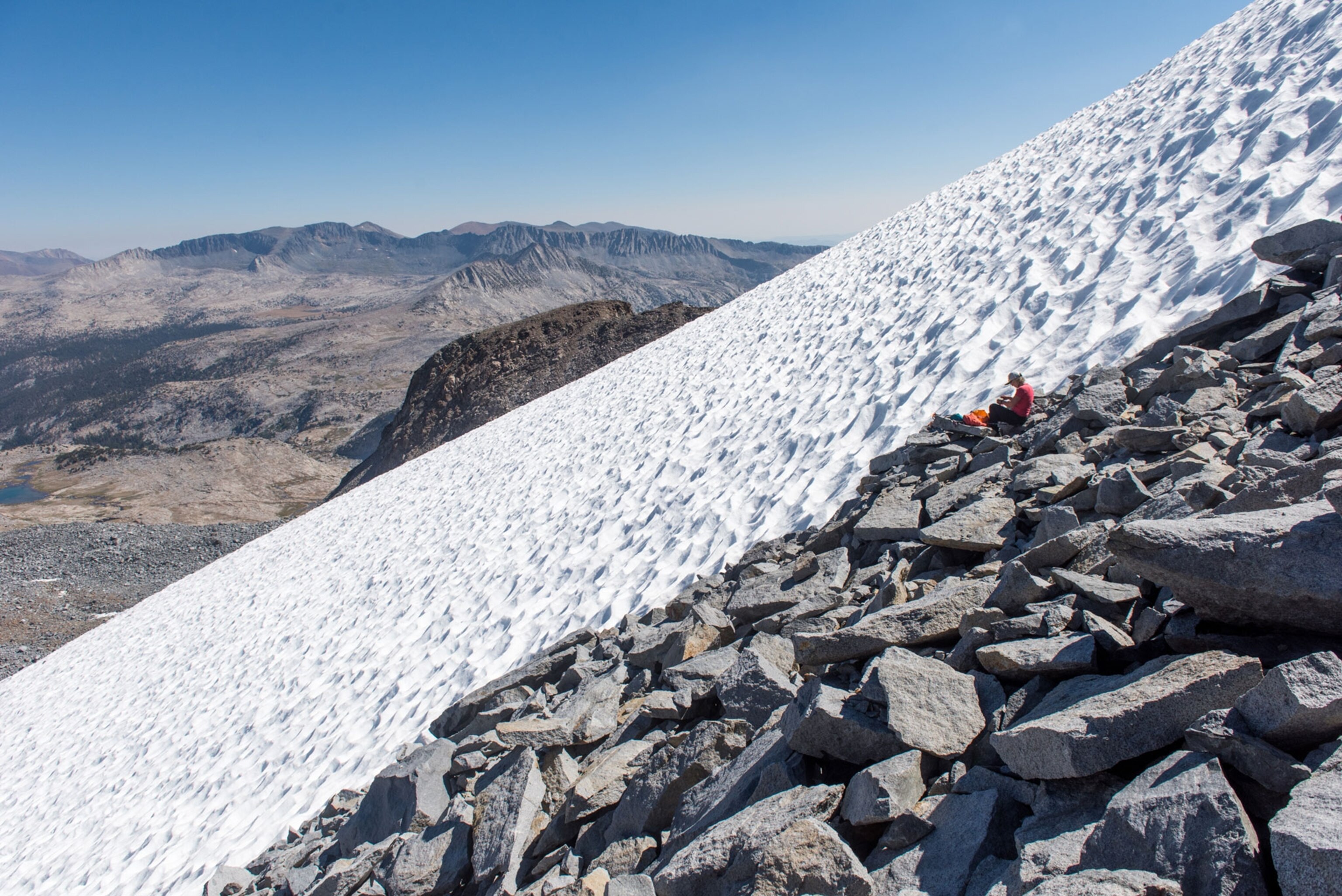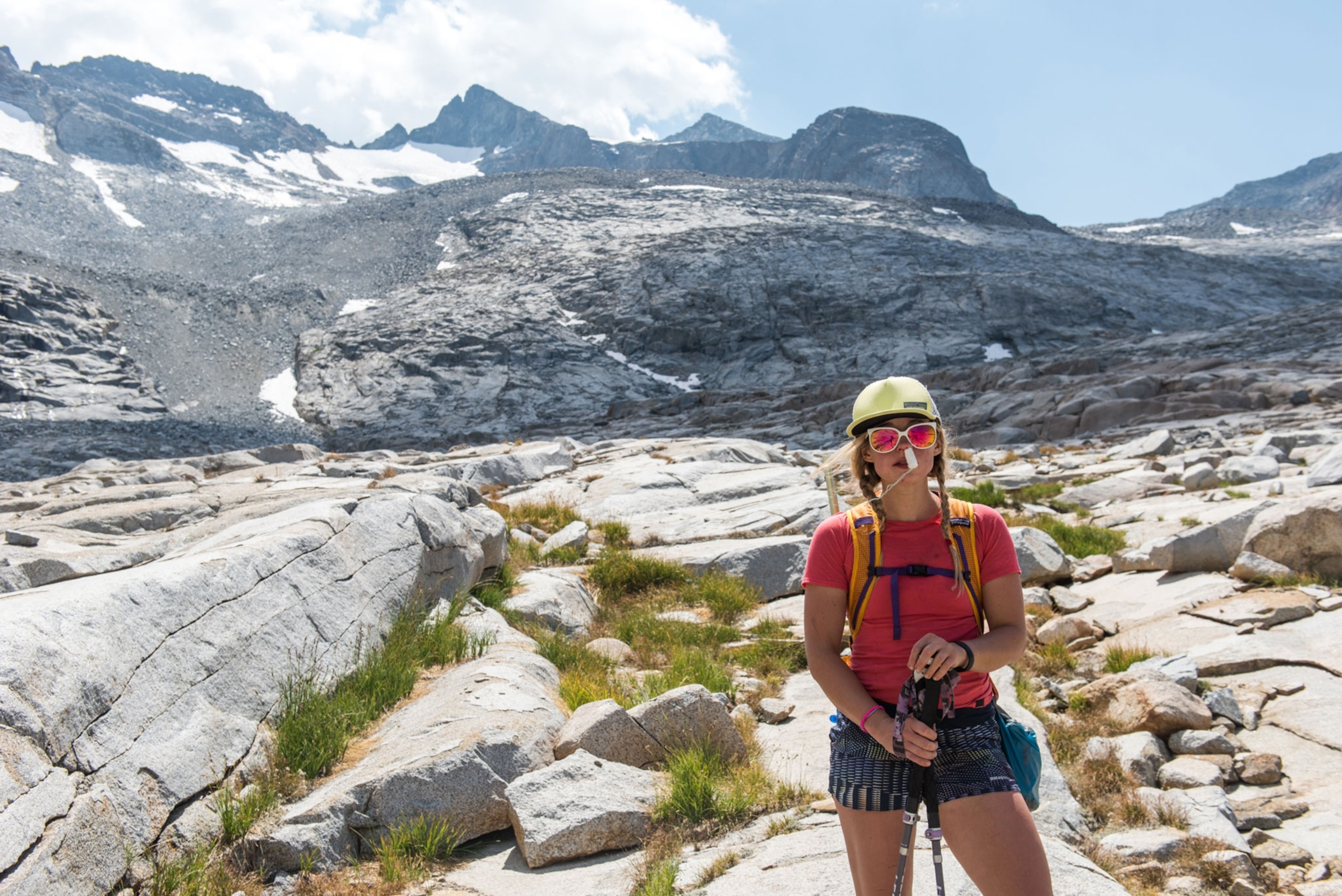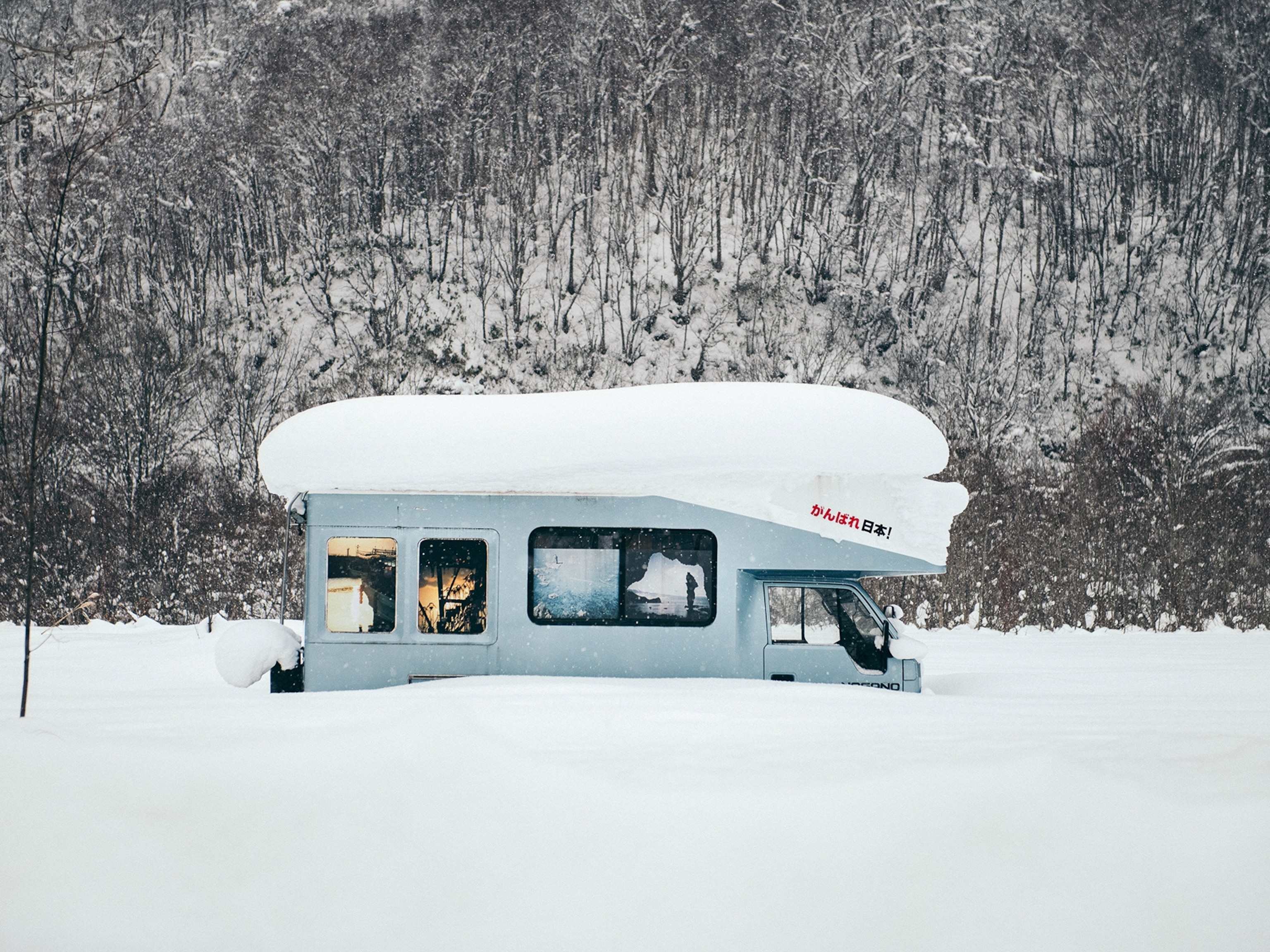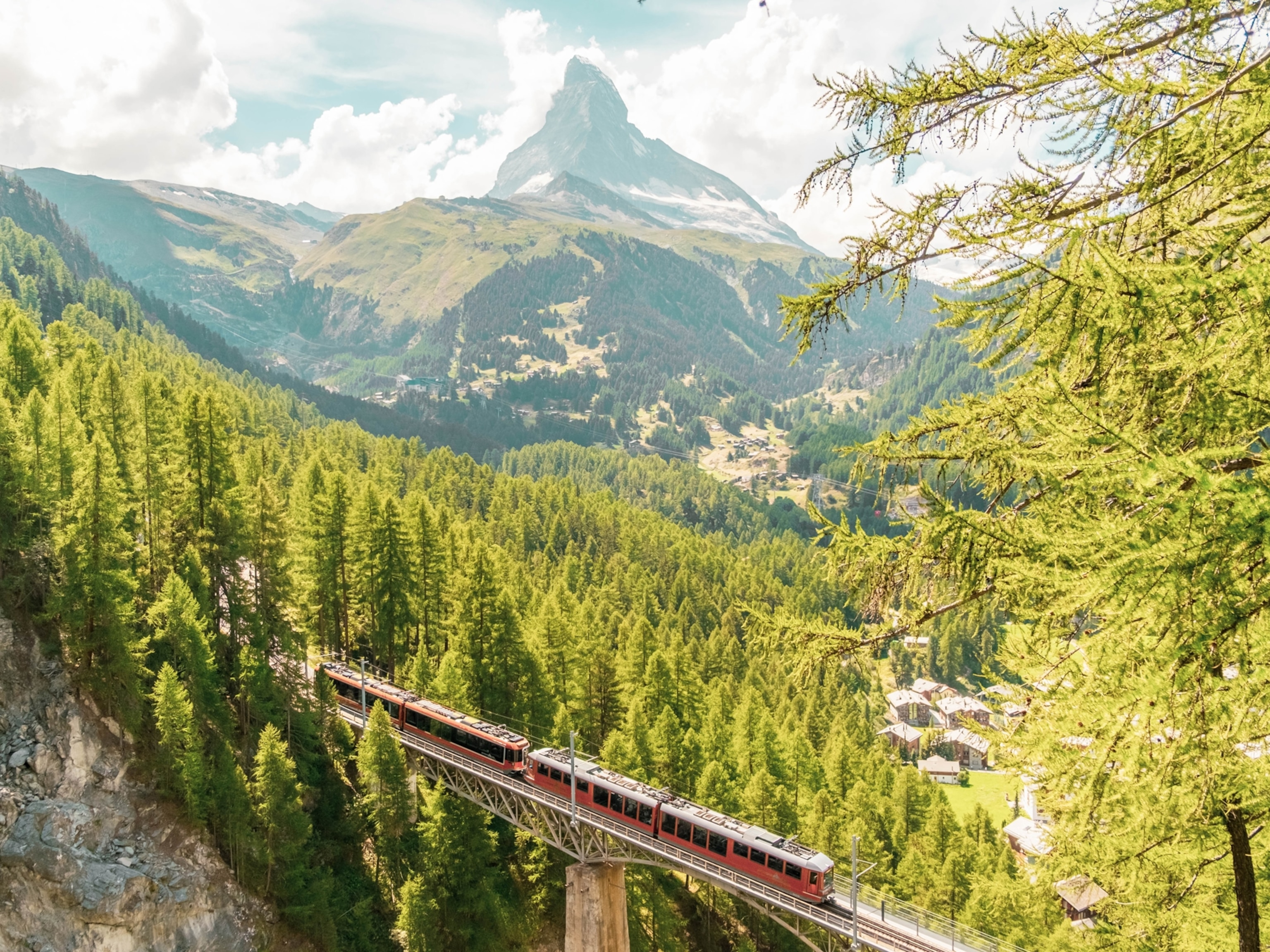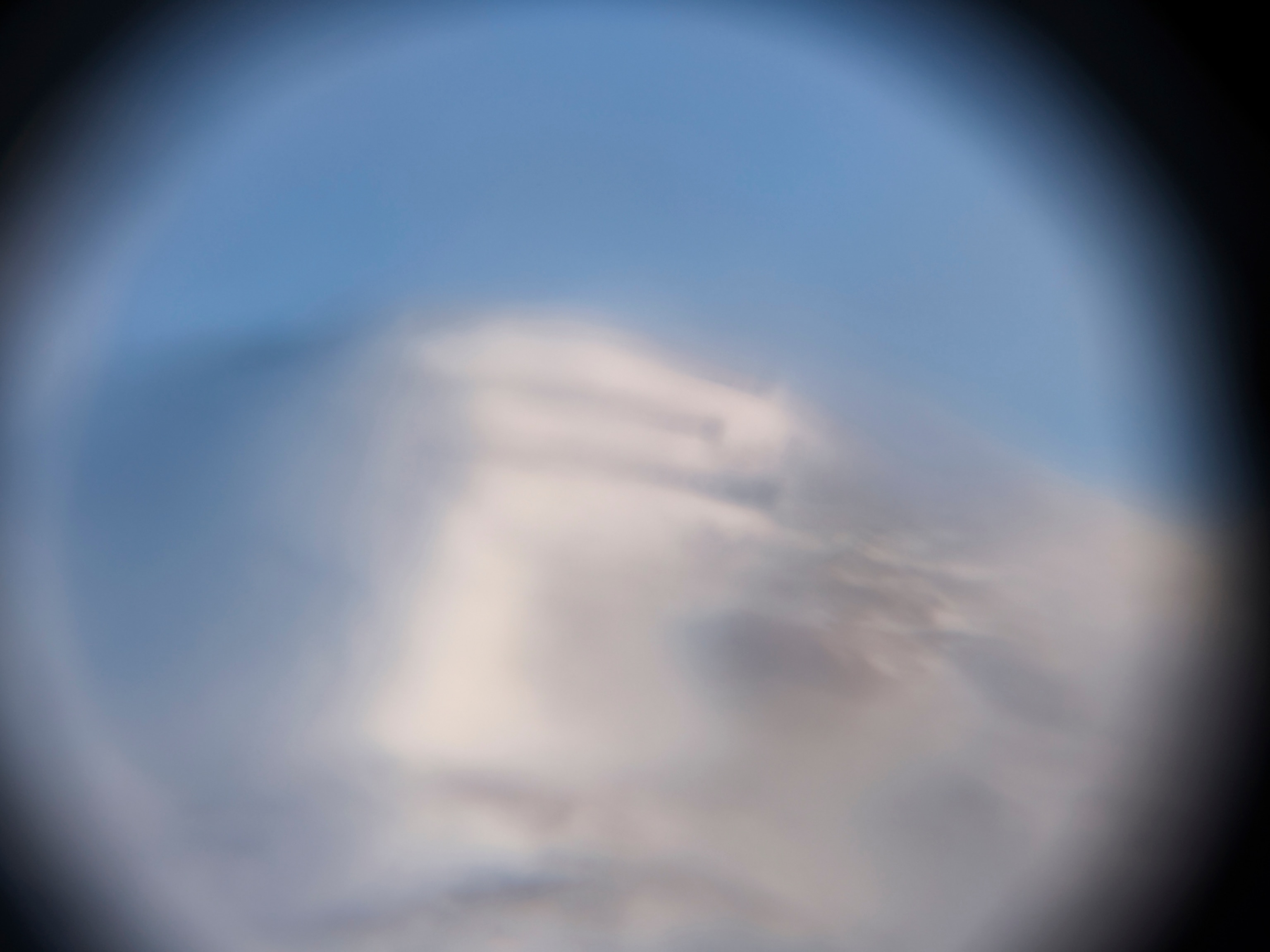Is It Too Late to Save Yosemite’s Glaciers?
Two adventurers retrace John Muir’s expedition to the Lyell Glacier to raise the alarm over climate change.
Nearly 150 years ago, John Muir led an expedition to study the mountain-carving movement of the Lyell Glacier in California’s Sierra Nevada. Today, the Lyell Glacier could disappear in as little as five years.
This summer, photographer Meg Haywood Sullivan gave me a call to propose a backpacking/peak-bagging adventure to retrace Muir’s footsteps on the Lyell Glacier and bring awareness to climate change in our own (extended) backyards. Needless to say, I didn’t have to think long before saying yes to Meg’s idea. As a ski mountaineer, I have a soft spot in my heart for the Sierra and for projects that increase awareness of climate change.
I had traveled with Meg before, on a road trip to Idaho for Protect Our Winters to speak to middle school and high school students about how climate change is affecting the snow-sports industry, so I knew we worked well as a team. We planned to meet in San Francisco, drive together to Tuolumne Meadows in Yosemite National Park, and begin the 25-mile round-trip journey on foot to the Lyell Glacier. With the 2016 election looming, it’s more important than ever to talk about climate change and bring awareness to what’s happening to the glaciers in the United States and the rest of the world. We had an ambitious goal for our three-day trip: to inspire people to vote for the planet and act, so we can prevent further glacier decimation worldwide. I was nervously excited for the adventure ahead.
Our plan was to begin hiking on a section of well-manicured trail where both the John Muir Trail (JMT) and Pacific Crest Trail (PCT) overlap. But first, we had to get a permit. Obtaining the permit for the morning we wanted was a nail-biting event. We were on a tight time line. While waiting in line at the small office in Tuolumne Meadows, we talked to many other anxious backpackers, climbers, and adventurers, even a Navy SEAL, each with their own planned adventure, waiting to secure the golden ticket of a permit. The JMT and PCT were bustling with people and gear. After a few hours of waiting, we finally secured the desired permit to go up Lyell Canyon. Under a hot midday sun, we threw everything in our packs. Already sweating, we started walking.
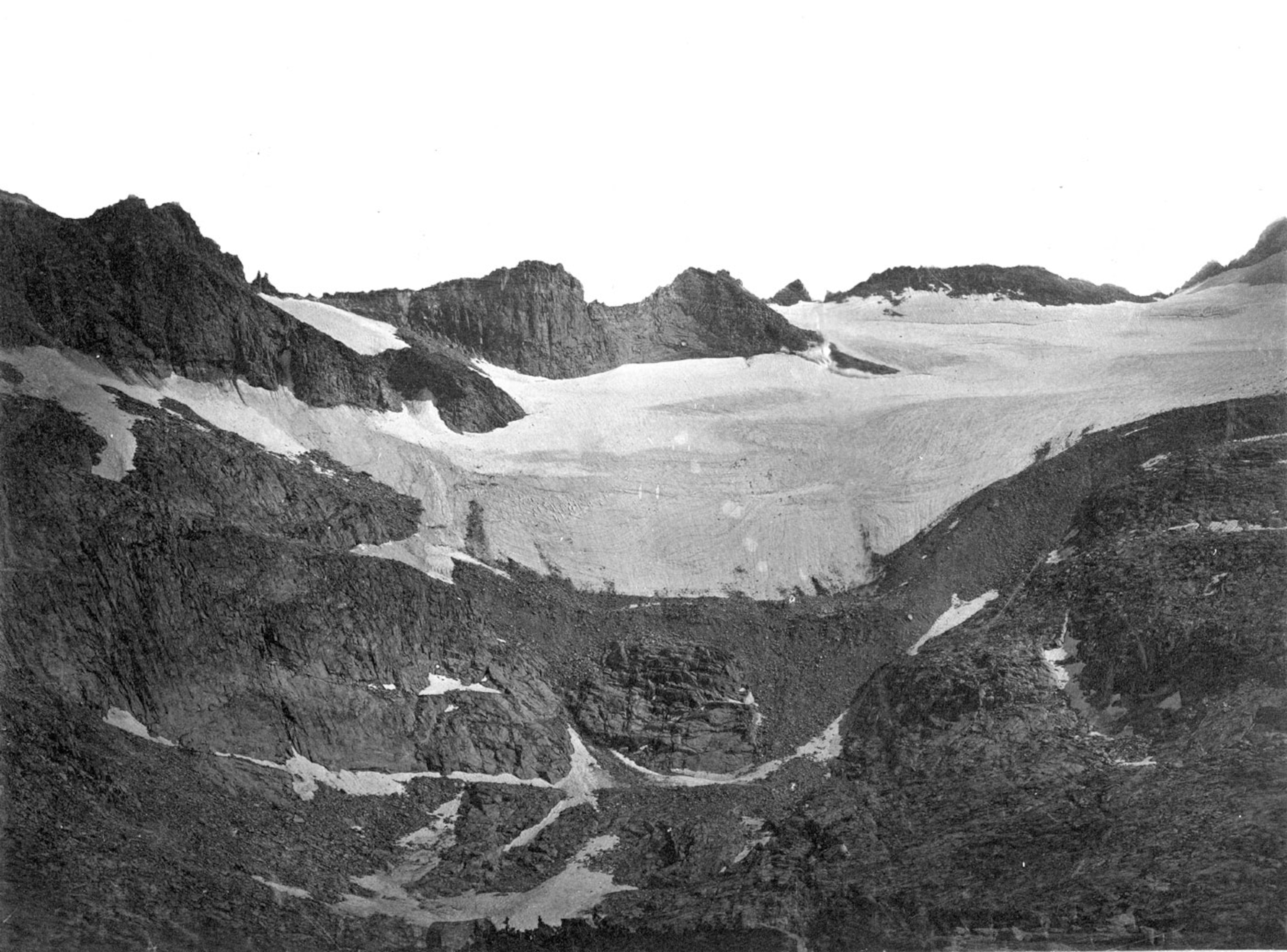
Muir's Discovery
As we hiked, I tried to imagine what Muir saw in the summer of 1872. He went to the Lyell Glacier because he suspected that glaciers were responsible for shaping the iconic landscape of Yosemite. He placed pine stakes at the lip of the glacier to measure movement. His adventure and experiment showed the glacier was “alive” and moving, upsetting the predominant theory that Yosemite was shaped by a major earthquake. In 1875 he published his findings in a Harper’s Magazine article, “The Living Glaciers of California.” Essentially one of the first conservation adventure athletes, Muir used his platform to advocate permanent protection of Yosemite, convincing President Theodore Roosevelt to accompany him on a camping trip there in May 1903. The men “talked far into the night regarding Muir’s glacial theory of the formation of Yosemite Valley ... they talked a great deal about the conservation of forests in general and Yosemite in particular.” The discussion sparked plans for the “setting aside of other areas in the United States for park purposes,” and Roosevelt eventually preserved 230 million acres of public lands. It seemed fitting that Meg and I would be in Yosemite for the National Park Service’s centennial. But it was crazy to think that our generation could be the last to see the park’s glaciers firsthand.
On the trail, it was easy to fall in love with the simplicity and rhythm of getting up, breaking down camp, and walking all day. Backpacking and outdoor adventure give life purpose. It’s a beautiful, natural thing for humans to do. I could also see why these trails are so popular: The first 10 miles of our hike followed a breathtaking, well-manicured trail like few others in the world. We meandered through meadows, passing impeccable granite and turquoise streams. We stopped to cool off with a swim in crystal clear water. The cold kiss of water reenergized me for the rest of the afternoon.
After a day and a half spent walking on the pristine trail, we went off-road to head toward the jagged peaks crowning the "Range of Light," leaving the crowds behind. We had the entire alpine to ourselves. Above tree line, there was no shade, and we stayed cool in the afternoon by skinny-dipping in the alpine lake. Once off the trail, we had to pick our way through the jumbled pile of rocks. There was no longer a rhythm to our steps. We did our best to pick the best route, but the rocks were big and still moving, and the constant threat of boulders shifting kept us on our toes. Glacier recession leaves behind a disheartening scatter of rocks and gravel. Compared to snow and glacier travel, traversing endless fields of loose talus just isn’t as much fun. We tried to keep our balance with heavy packs on unstable footing, yearning to find a patch of grass or snow to walk up or glissade down. For me, snow travel is so much easier. I’ve spent so many hours of my life walking in it, it’s innate.
It was crazy to think that our generation could be the last to see the park’s glaciers firsthand.Caroline Gleich, Ski mountaineer
We finally reached the remnants of the Lyell Glacier; the ancient ice was grooved and potholed, with runnels like the skin of a grandparent. John Muir walked on this ice, but now it was darkened by the sun and exuded dirt and rocks. The snowfield that was once a beautiful, healthy glacier was so close to death, it was hard to look at. Even though we brought ice axes and crampons, we subconsciously avoided walking on it. The Lyell, which is no longer moving and now simply melting, is already a dead glacier. It’s like a loved one on life support, hovering between life and death. The outlook is grim for future generations who want to feel the delight of glissading down a glacier in the Sierra.
After spending the morning on the glacier, we turned, reversing our route. Sunburned, wind-chapped, and breathing hard, my nose started to run, and I realized it was bleeding. I’m not prone to nosebleeds, but the drought and the heat of the high Sierra takes it out of you. An altitude of 13,000 feet feels higher here than it does in other places I’ve been to. John Muir was a tough dude.
An Uncertain Future
Glaciers are more than a playground for skiers and climbers; they are significant to the world, and it’s vital to pay attention to what’s happening to them. For 85 years, the park service has conducted annual surveys of the Lyell and Maclure Glaciers. The results of the most recent studies are shocking. The glaciers have lost about 80 percent of their surface area.
“The reason glaciers are good indicators of climate change is because they are simple. Snowfall and temperature are the only two things that control a glacier's health. So if you have less snow or warmer temperatures, the glaciers are going to retreat,” explains Greg Stock, a Yosemite National Park glaciologist.
- National Geographic Expeditions
In Yosemite, the Lyell and Maclure Glaciers form the headwaters of the Tuolumne River, providing drinking water to more than two million people in the Bay Area. Once the glaciers disappear, the ecosystems downstream are bound to change. In other places in the world, like China, Bolivia, and the Alps, melting glaciers provide a significant source of freshwater for large communities. Globally, the loss of glaciers means many communities will lose their water source.
“The other part,” Stock says, “is more philosophical. Glaciers were foundational in creating this landscape that’s so famous. When the glaciers disappear, we’ll lose the physical links to the past and the tangible link to the past study of glaciers from John Muir on—the hundreds of people involved in studying these glaciers over a century and a half.”
A couple decades of sustained cold temperatures and above-normal snowfall would rejuvenate the glaciers, Stock says. They’d be able to form more ice, and the weight of the additional ice would start pushing them down the mountain again. But sadly, it may be too late. “Even if we were to stop emitting greenhouse gases [a cause of global warming] today, both of those glaciers would disappear in the next few decades. If the drought conditions of the past five years continue, the Lyell could be gone in five years. It’s that close,” Stock says. “There’s so much inertia in the system, the warming will continue for decades.”
That wasn’t the answer I wanted to hear. I was hoping we could save them, to protect them for future generations. Stock says people can still act to prevent this from happening on a larger scale. “We should take individual actions to try to reduce our carbon footprint,” he said, “and we have to be more assertive in climate change policy, and vote for the politicians that fight for strong climate action.”
Going out to experience Yosemite’s glaciers firsthand takes time, preparation, and outdoor skills; John Muir knew that, and so do modern glaciologists, and so did we. But the rewards you receive far outweigh the hassles. You go to find out more about the world around you, but also about yourself. You dig a little deeper past the superficial layers to find what you are truly made of. The key is to get there before these glaciers are gone.
